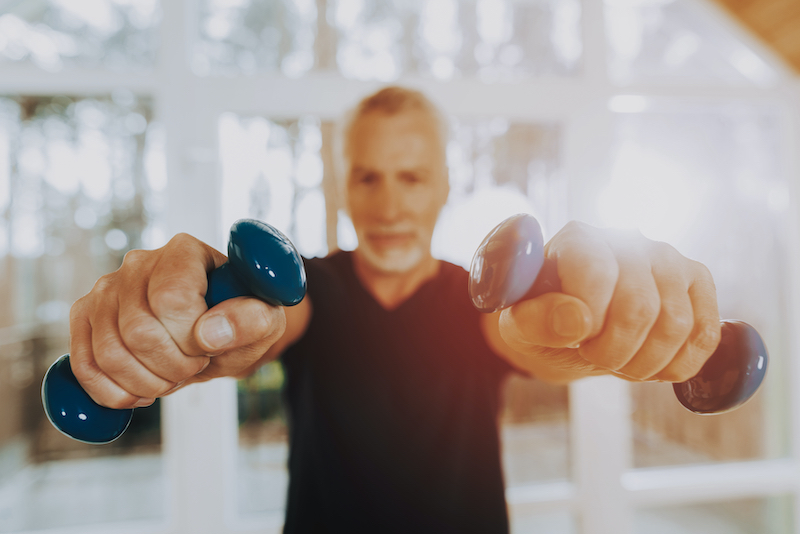This is the second of our two-part posts about Fall Prevention in Visalia.
In our last blog, we provided a brief overview of why falls occur and offered some initial steps you can take to avoid them. Here, we take a closer look at what can happen after a fall occurs and focus on the importance of performing targeted exercises as you age.
A Significant Percentage of Falls are Very Serious
Although up to half of falls only cause minor injuries like cuts and bruises, research shows that about 20% result in far more serious injuries that often require a trip to the hospital. Fractures are undoubtedly the most severe complication that can come about from a fall. The hip is fractured more frequently than any other bone in older adults, and these injuries are particularly devastating because they significantly reduce mobility. As a result, many older adults are unable to regain their prior level of function and will require the assistance of a caretaker.
Some falls lead to head trauma and result in brain injuries as well, which can be extremely serious. Even falls from a low height can cause brain disturbances, and these injuries often go undetected. This is why it’s imperative that all older adults visit their doctor immediately if their head was involved in a fall in any way.
Fall Prevention in Visalia – Here’s Why
The good news is that most falls are preventable, and the better prepared you are, the lower your risk for falling will be. In addition to addressing environmental hazards within your home and taking appropriate precautions when leaving it, it’s also crucial to keep your body moving regularly and systematically.
The Proper Exercises Help…A Lot
Safely increasing your general physical activity levels is a great start, but performing specific exercises will be even more beneficial. As the body ages, it’s natural for strength, flexibility, and balance to start declining, which makes these areas the most important to address. For these reasons, we strongly recommend performing these 5 exercises to help you maintain your functionality and reduce your risk for falling in the process:
5 simple exercises to boost your balance
- Stand on one foot: hold a chair for balance, stand on one foot for 10 seconds, then repeat it with the other leg, 10-15 times each
- Back leg raises: same setup as #1, but instead of raising your foot, lift it back without bending your knees or pointing your toes, 10-15 times on each leg
- Side leg raises: same setup as #1, but lift your leg to the side while keeping your back straight and toes facing forward, 10-15 times with each leg
- Walk heel-to-toe: with your arms outstretched, focus on a distant point and walk in a straight line with your heel close to or touching your toe, for 20 steps
- Balance walk: use the same approach as #4, but take normal size steps and lift your back leg for one second before stepping, for 20 steps
According to a comprehensive review of studies published in December 2019, exercises that improve balance are best for reducing fall risk, with the results stating:
The updated Cochrane review is consistent with previous systematic reviews that identified greater falls prevention effects from exercise programs that challenge balance
If you’re new to these types of exercises, it’s best to consult with a physical therapist first to ensure you’re performing them safely and effectively, especially if your balance is impaired. Our physical therapists can also provide advice on how to become more physically active and guide you on how to eliminate hazards in your home, all with the overall goal of reducing your fall risk.

